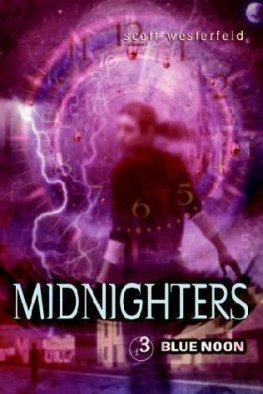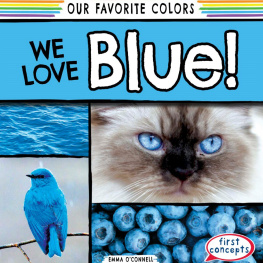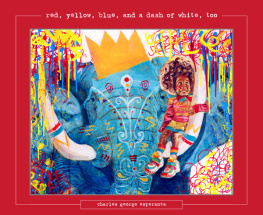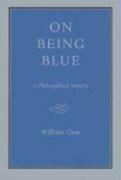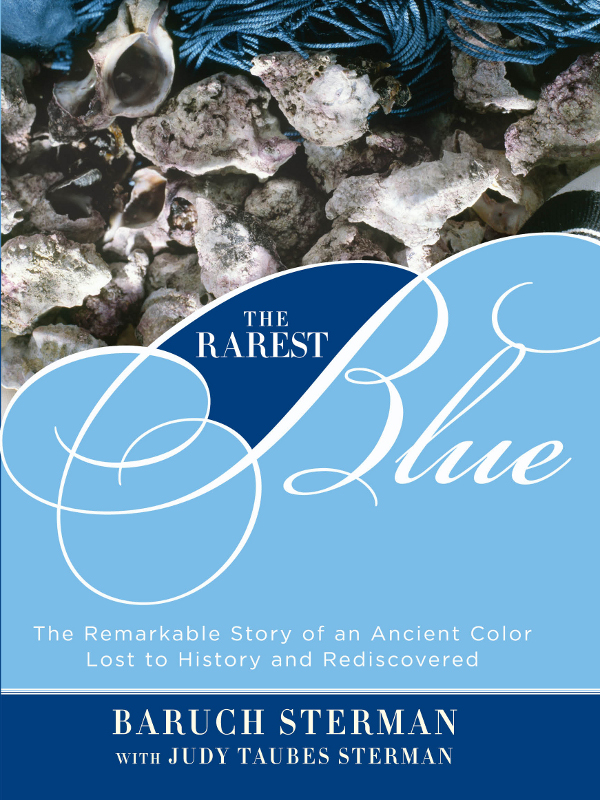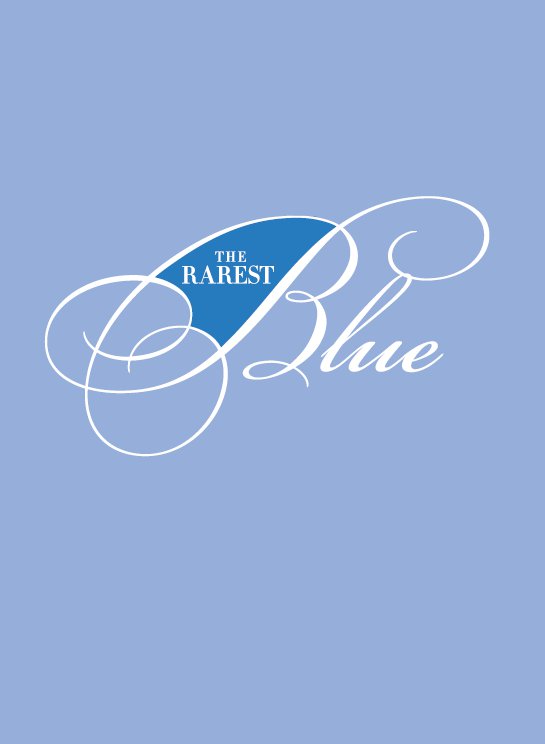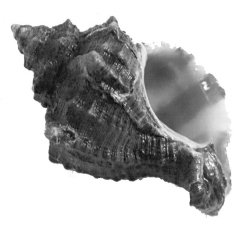Sterman Baruch - The rarest blue : the remarkable story of an ancient color lost to history and rediscovered
Here you can read online Sterman Baruch - The rarest blue : the remarkable story of an ancient color lost to history and rediscovered full text of the book (entire story) in english for free. Download pdf and epub, get meaning, cover and reviews about this ebook. City: Guilford, Connecticut, year: 2012, publisher: Lyons Press, an imprint of Globe Pequot Press, genre: Romance novel. Description of the work, (preface) as well as reviews are available. Best literature library LitArk.com created for fans of good reading and offers a wide selection of genres:
Romance novel
Science fiction
Adventure
Detective
Science
History
Home and family
Prose
Art
Politics
Computer
Non-fiction
Religion
Business
Children
Humor
Choose a favorite category and find really read worthwhile books. Enjoy immersion in the world of imagination, feel the emotions of the characters or learn something new for yourself, make an fascinating discovery.

- Book:The rarest blue : the remarkable story of an ancient color lost to history and rediscovered
- Author:
- Publisher:Lyons Press, an imprint of Globe Pequot Press
- Genre:
- Year:2012
- City:Guilford, Connecticut
- Rating:5 / 5
- Favourites:Add to favourites
- Your mark:
The rarest blue : the remarkable story of an ancient color lost to history and rediscovered: summary, description and annotation
We offer to read an annotation, description, summary or preface (depends on what the author of the book "The rarest blue : the remarkable story of an ancient color lost to history and rediscovered" wrote himself). If you haven't found the necessary information about the book — write in the comments, we will try to find it.
For centuries, blue and purple dyed fabrics ranked among the ancient world & rsquo;s most desirable objects, commanding many times their weight in gold. Few people knew their secrets, carefully guarding the valuable knowledge, and strict laws regulated their production and use. The Rarest Blue tells the incredible story of tekhelet, the elusive sky-blue color mentioned throughout the Bible. Minoans discovered it; Phoenicians stole it; Roman emperors revered it; and Jews & mdash;obeying a commandment to affix a thread of it to their garments & mdash;risked their lives for it. But as the Roman Empire dissolved, the color vanished. Then, in the nineteenth century, a marine biologist marveled as yellow snail guts smeared on a fisherman & rsquo;s shirt turned blue. But what had caused this incredible transformation? Meanwhile, a Hasidic master obsessed with the ancient technique posited that the source of the dye was no snail but a squid. Bitter controversy divided European Jews until a brilliant rabbi proved one side wrong. But had an unscrupulous chemist deceived them? In this richly illustrated book, Baruch Sterman brilliantly recounts the amazing story of this sacred dye that changed the color of history.
Read more...
Abstract:
For centuries, blue and purple dyed fabrics ranked among the ancient world & rsquo;s most desirable objects, commanding many times their weight in gold. Few people knew their secrets, carefully guarding the valuable knowledge, and strict laws regulated their production and use. The Rarest Blue tells the incredible story of tekhelet, the elusive sky-blue color mentioned throughout the Bible. Minoans discovered it; Phoenicians stole it; Roman emperors revered it; and Jews & mdash;obeying a commandment to affix a thread of it to their garments & mdash;risked their lives for it. But as the Roman Empire dissolved, the color vanished. Then, in the nineteenth century, a marine biologist marveled as yellow snail guts smeared on a fisherman & rsquo;s shirt turned blue. But what had caused this incredible transformation? Meanwhile, a Hasidic master obsessed with the ancient technique posited that the source of the dye was no snail but a squid. Bitter controversy divided European Jews until a brilliant rabbi proved one side wrong. But had an unscrupulous chemist deceived them? In this richly illustrated book, Baruch Sterman brilliantly recounts the amazing story of this sacred dye that changed the color of history.
Sterman Baruch: author's other books
Who wrote The rarest blue : the remarkable story of an ancient color lost to history and rediscovered? Find out the surname, the name of the author of the book and a list of all author's works by series.

